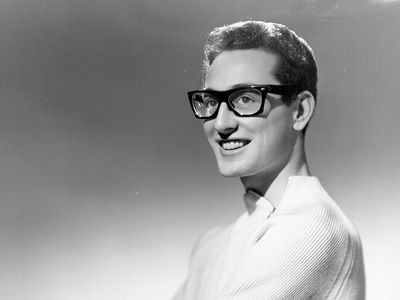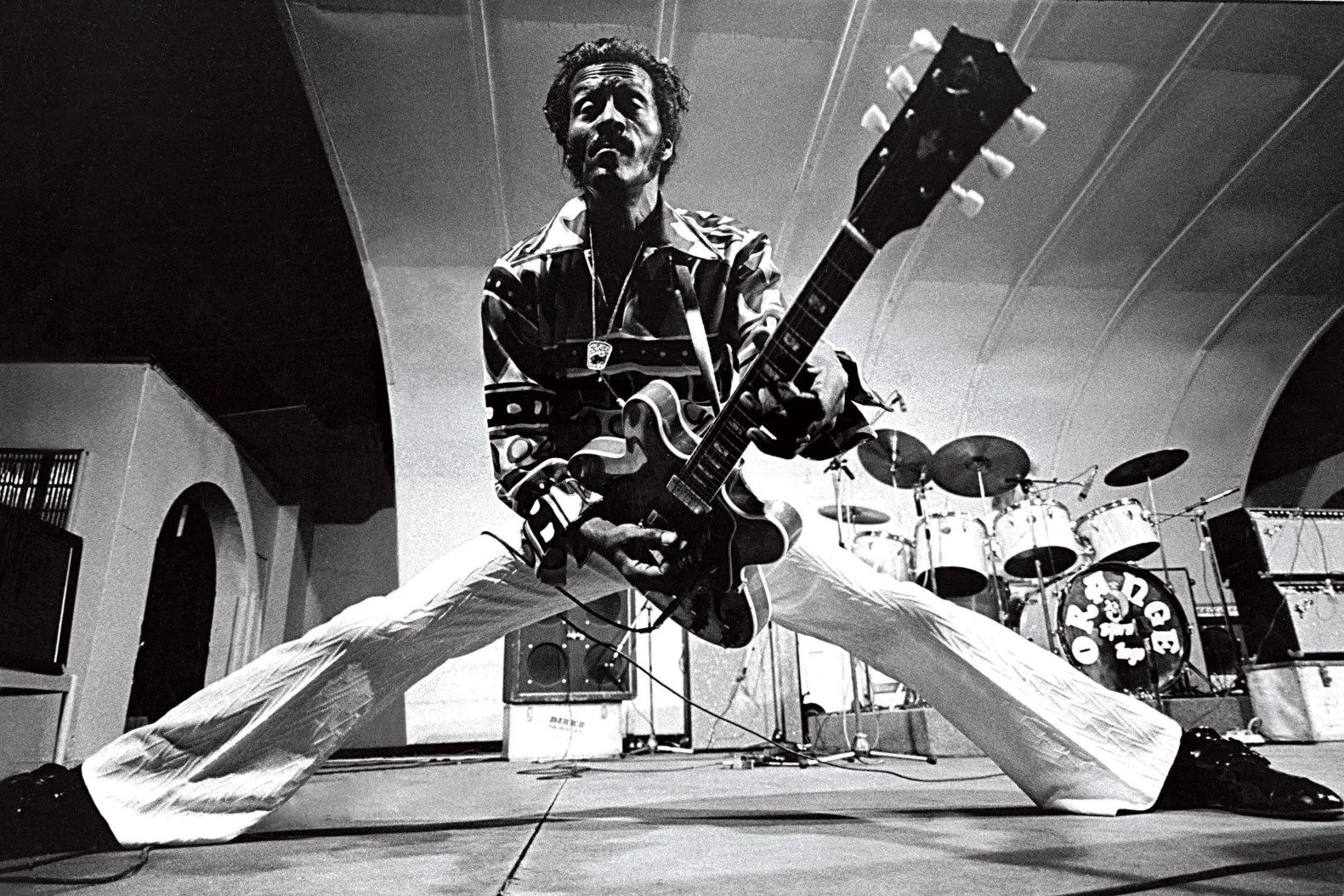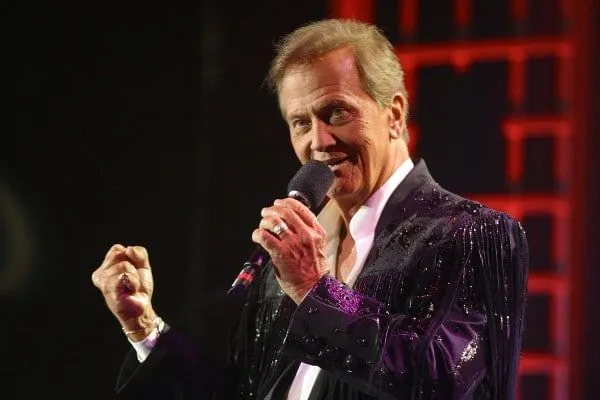The short career of Buddy Holly
His career was to last just under two years – the influence of his songs, on the other hand, continues to this day. Above all, the original freshness of his songs, which transcend the genre boundaries of rhythm'n'blues, rockabilly and country, rightly secures him a prominent position in music history. Later, the label rock'n'roll would be attached to the songs of Buddy Holly, but this was not the case during his lifetime.
But the new energy contained in the songs of Buddy Holly & The Chirping Crickets is something that people today feel all too keenly, and the vinyls are selling in huge numbers. Several singles storm to the top of the charts, such as “That'll Be The Day” in May 1957, the first release by Buddy Holly together with his band the Crickets, recorded under the direction of producer Norman Petty.
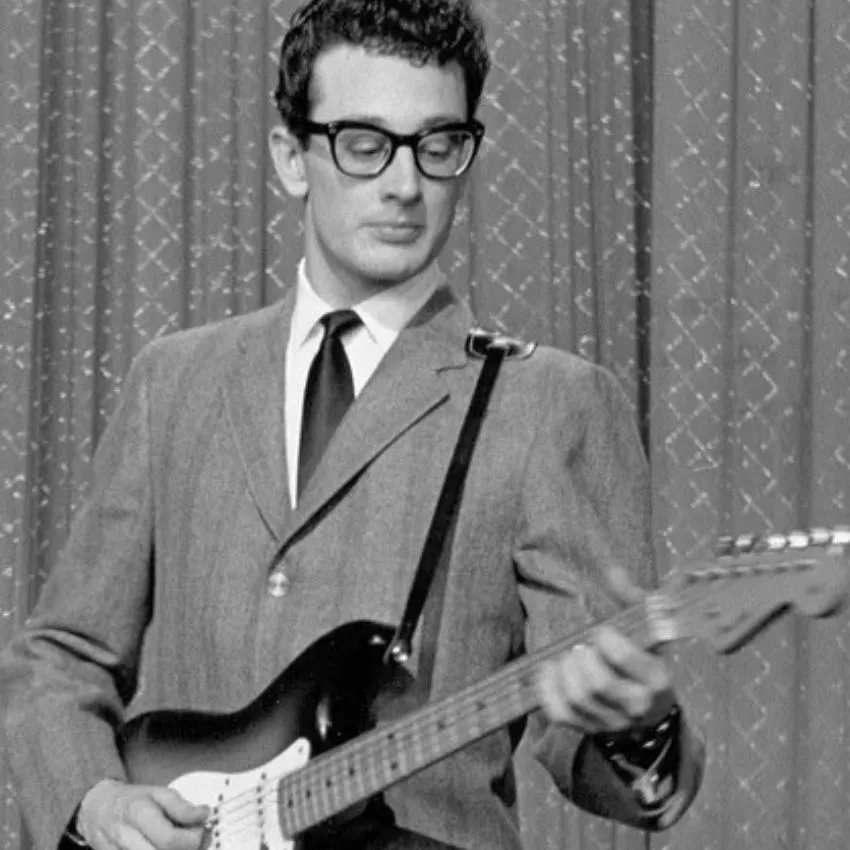
Unique Recording Techniques
Over the next two years or so, Holly and Petty really got going, experimenting with various recording techniques (echo, double tracking) and subscribing to the top positions in the charts with the singles “Oh Boy”, “Peggy Sue” and “Rave On”.
Adding to the confusion is the fact that the songs sometimes appear in stores under the name Buddy Holly, but then again as “mere” The Crickets records, which, however, does not change the content: they are all recorded by Buddy Holly with his Crickets and they all storm the charts.
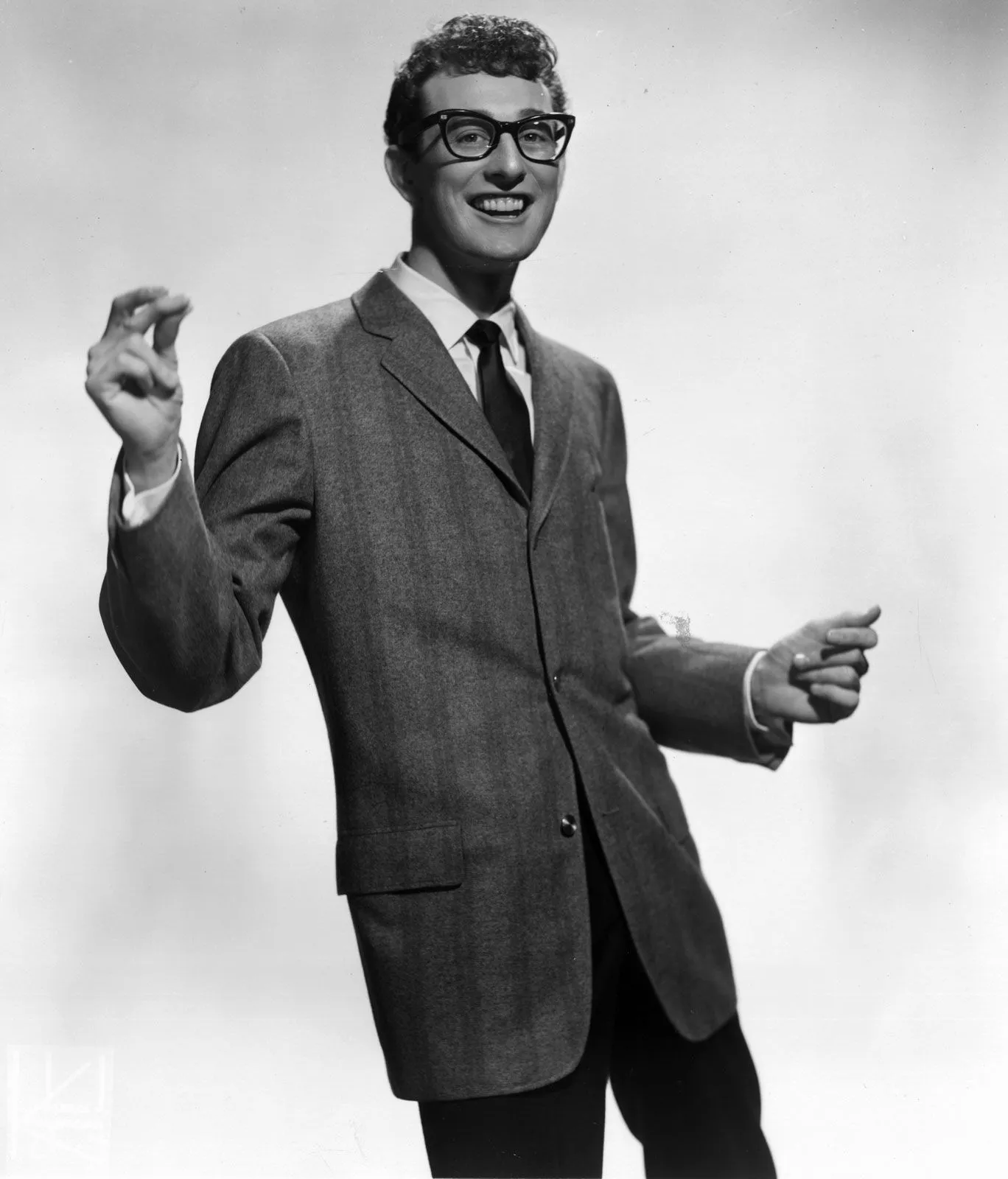
Origins of Buddy Holly
An incredible success for Charles Hardin Holley, born September 7, 1936 in Lubbock, Texas, who initially made a living as a local country musician until he met the young Elvis Presley. Impressed by his music, Holly opened up to R'n'B and recorded a few singles in Nashville. But it was only when the triad of producer Norman Petty, the musicians The Crickets and frontman Holly had found each other that success also came.
Love life of the Singer
Privately, the future also looked bright. Holly married in 1958 and moved to New York. Inspired by his marital bliss, he released a few singles and was on tour with The Big Bopper and Ritchie Valens in the winter of 1959 when their plane crashed, killing all three musicians. It was February 3, 1959, or “The Day The Music Died,” as Don McLean would sing about it in “American Pie” in 1971.
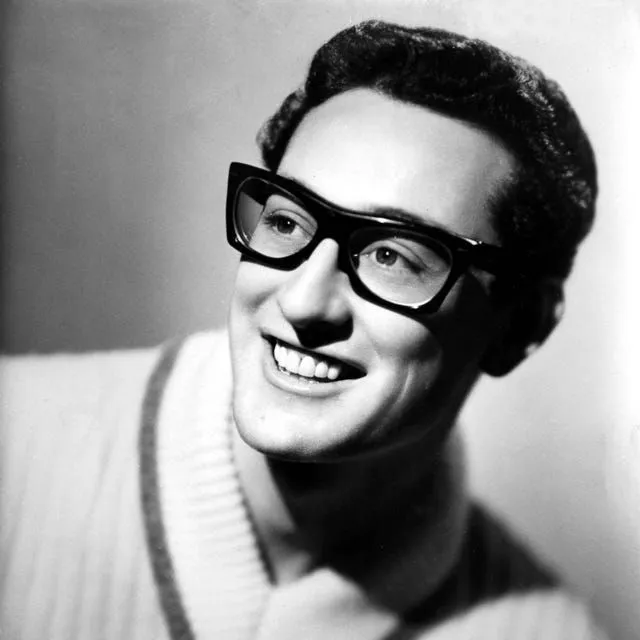
Holly's Legacy
Buddy Holly's musical legacy outlasted him by years. Artists like Paul McCartney emphasized his influence on their work and the Rolling Stones honored him with a cover version of “Not Fade Away”. In 2011, the star-studded tribute album “Rave On Buddy Holly” was released in honor of what would have been his 75th birthday, with young and old fans paying homage to him.
